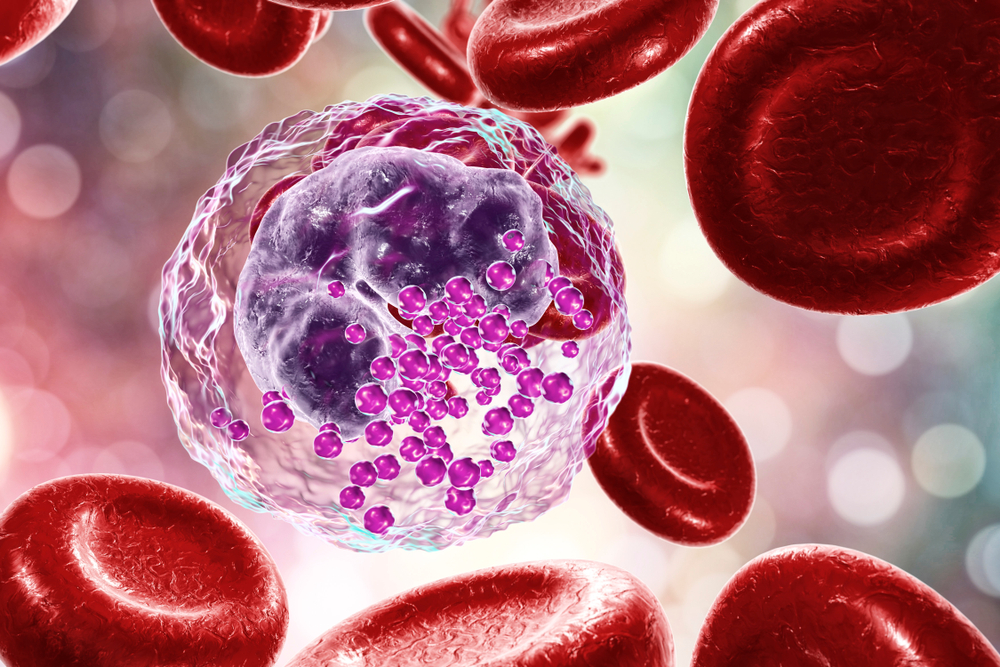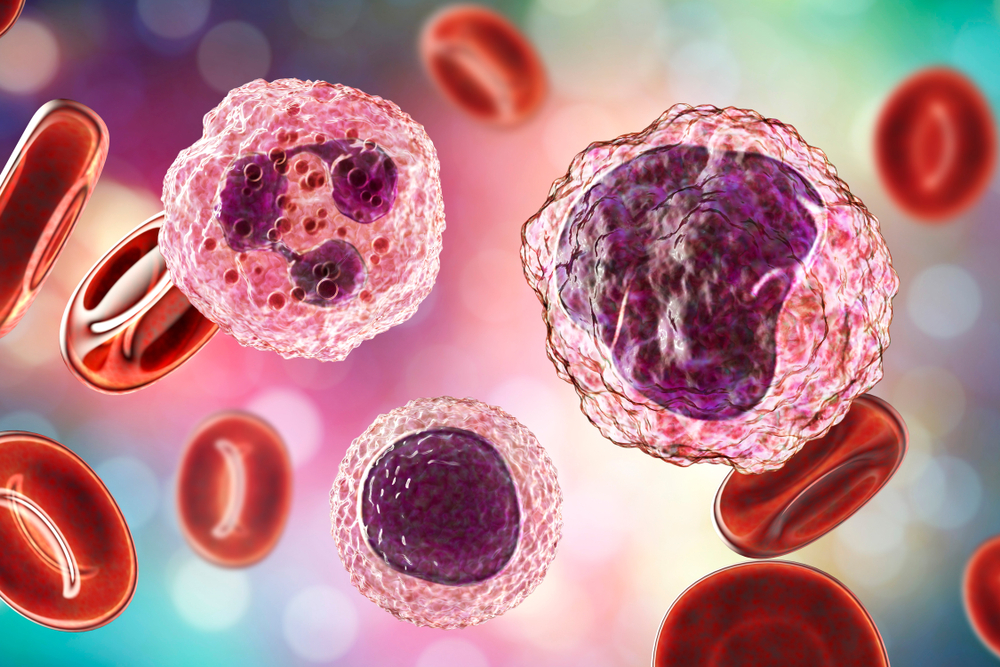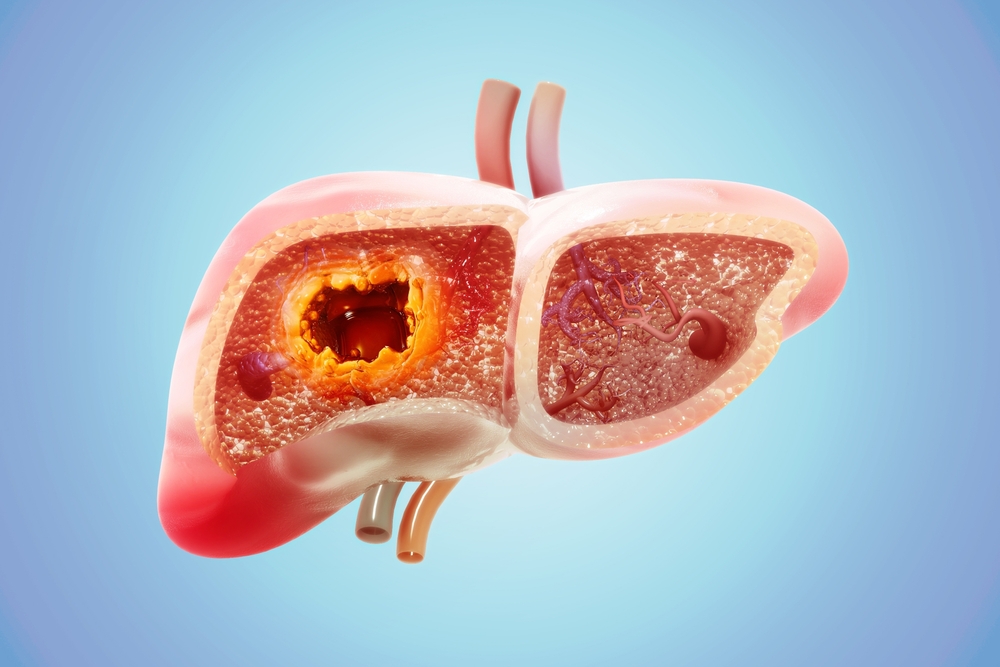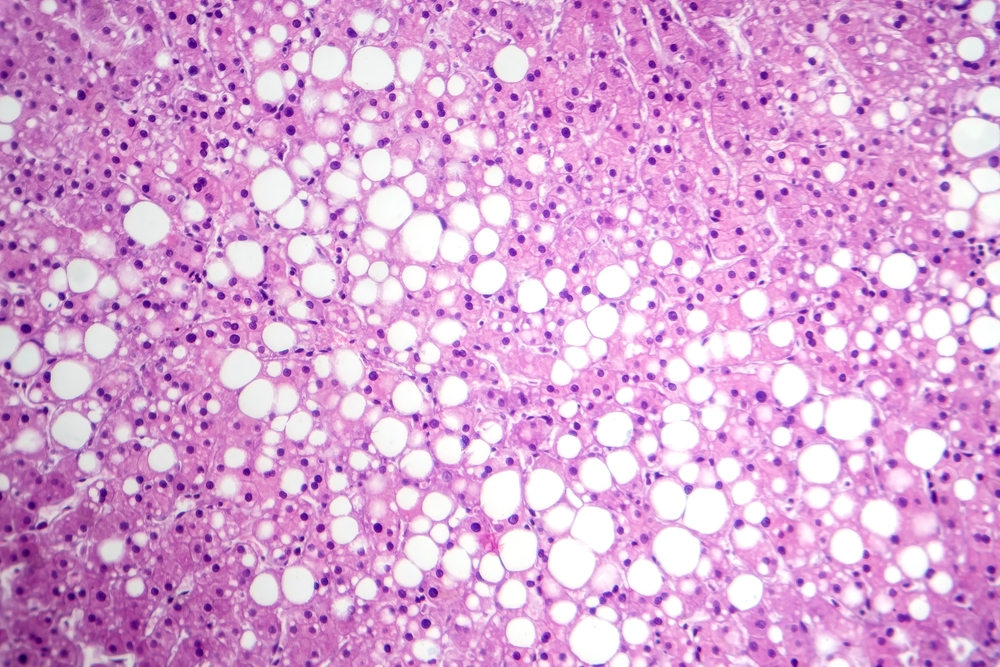What is chronic inflammation?

Chronic inflammation is a prolonged and dysregulated immune response that can persist for weeks, months, or even years. Acute inflammation is a normal and necessary part of the body’s defense mechanism against infection and injury. Meanwhile, chronic inflammation occurs when the immune system’s response becomes persistent and starts attacking healthy tissues. This leads to damage […]
What is acute inflammation?

Acute inflammation is a defensive response to get rid of damaged cells, microorganisms, and/or foreign particles to regain normal structure and function. There are three phases: amplification, destruction and repair, and termination. In the amplification phase, enzymes recruit macrophages and neutrophils, which are white blood cells responsible for removing pathogens. In the destruction and repair […]
An overview of pancreatic ductal adenocarcinoma

This is the tenth and final blog in a new series discussing pathologies that can be found in seniors. The tenth blog will focus on pancreatic ductal adenocarcinoma. Pancreatic ductal adenocarcinoma is an invasive pancreatic epithelial malignant neoplasm with glandular differentiation. It is the 4th leading cause of cancer-related deaths in the USA. 60-70% of […]
An overview of hepatocellular carcinoma

This is the ninth blog in a new series discussing pathologies that can be found in seniors. The ninth blog will focus on hepatocellular carcinoma. Hepatocellular carcinoma (HCC), or liver cancer, accounts for approximately 5.4% of all cancers worldwide. It is one of the most common cancers in geographic regions with high rates of hepatitis […]
An overview of cirrhosis

This is the eighth blog in a new series discussing pathologies that can be found in seniors. The eighth blog will focus on cirrhosis. Cirrhosis is marked by the presence of nodules surrounded by dense bands of fibrosis throughout the liver. This converts the normally smooth liver capsule into a bumpy surface with areas of […]
An overview of steatohepatitis

This is the seventh blog in a new series discussing pathologies that can be found in seniors. The seventh blog will focus on steatohepatitis. Steatohepatitis is defined by steatosis (fatty liver) and hepatocyte (liver cell) injury. Three pathological features are required for a diagnosis of steatohepatitis: steatosis, hepatocyte swelling, and inflammation. Mallory bodies, also known […]
An overview of steatosis

This is the sixth blog in a new series discussing pathologies that can be found in seniors. The sixth blog will focus on steatosis. Steatosis is characterized by the accumulation of lipids within hepatocytes (liver cells). It can be classified as either macrovesicular or microvesicular. In large droplet macrovesicular steatosis, large lipid droplets occupy the […]
An overview of alcoholic liver disease

This is the fifth blog in a new series discussing pathologies that can be found in seniors. The fifth blog will focus on alcoholic liver disease. Alcoholic liver disease refers to a spectrum of liver conditions caused by excessive alcohol consumption over a prolonged period. It encompasses various stages of liver damage, including fatty liver […]
An overview of celiac disease

This is the fourth blog in a new series discussing pathologies that can be found in seniors. The fourth blog will focus on celiac disease. Celiac disease, also called celiac sprue and gluten-sensitive enteropathy, is an immune-mediated inflammatory disease of the small intestine. It is a multifactorial disorder characterized by genetic susceptibility, particularly involving the […]
An overview of breast cancer

This is the third blog in a new series discussing pathologies that can be found in seniors. The third blog will focus on breast cancer. Breast cancer is the most common type of cancer, with nearly 30,000 people being diagnosed each year. It can be classified into three categories: non-proliferative/proliferative changes, in situ breast carcinoma, […]

